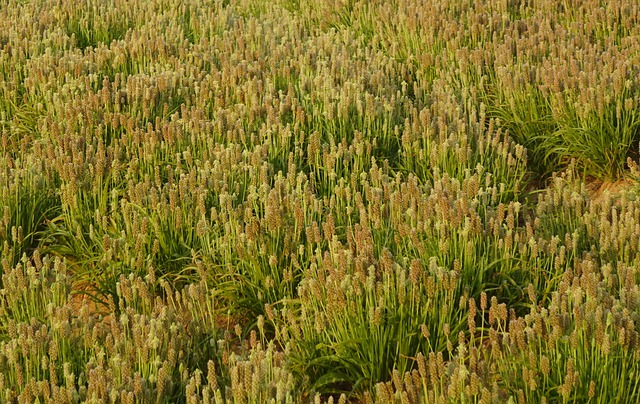Although Psyllium is coined from the Greek word psulla, the plant comes from Plantago Ovata.
The plant is also referred to as isabgol plant.
The seeds, due to their resemblance to fleas, were given the name “Psyllium”.
There are different varieties of Psyllium plant.
The Plantago psyllium (also: Plantago afra or Plantago psyllium) and p. indica (also:
p. arenaria or sand plantain).
The plant is in the genus of plantains (Plantago) in the plantain family (Plantaginaceae).
Where is Psyllium Plant Grown
These species are grown in southern Europe, in North-Eastern Africa, in Western Siberia, and in Asia minor.
In Spain and southern France for example, Psyllium husk is grown commercially for the production of its seeds.
Originally, the Indian psyllium is native to the deserts of North Africa and Southwest Asia.
It’s also naturalized in Central, South, and East Asia as well as Australia.
The Indian psyllium is grown mainly in India and Pakistan for export.
Psyllium Plant Seed
The psyllium seeds (capsule fruits) are dark brown to Black-Brown, shiny, and oblong-elliptic to oblong ovoid.
The seeds are 2-3 mm long, 0.7 1.5 mm wide, and glabrous.
The seeds in the longitudinal direction are furrowed with a bright, circular, and skinned spot on the ventral side.
The plant can be up to 50 cm tall and grows bushy and held out to erect branches.
The stem is loose yellow, the leaves are lanceolate, thin and flat,
three-nerved.
They are 3-4 mm wide and 6-8 mm long.
Psyllium Cultivation
The flowering period is from June to September, which are numerous and dense flowers in long-stalked spikes in the upper leaf axils.
Two seeds are contained in each fruit capsule. Plantago ovata (also: Plantago ispaghula, Indian psyllium, blond psyllium, Indian plantain) is an herbaceous, usually one-year plant that can reach a height of 2 to 10 cm depending on the location and growth conditions.
It grows from the basic rosette lace and densely woolly hairy leaves, it grows up to 10 cm long and between 1-5 mm (or, depending on the available water up to 10 mm) can be wide.
The flowering period extends from January until April.
They form seeds as opposed to the conventional psyllium seed of
Plantago psyllium that’s slightly larger (1.5 to 3, 5 mm long).
They are pale pink or reddish-yellow coloring, the color strongly varying from pale and drab.
It’s called “Blonde psyllium” the Indian psyllium.
The oval-shaped or boat-shaped seeds are also longitudinally furrowed.








